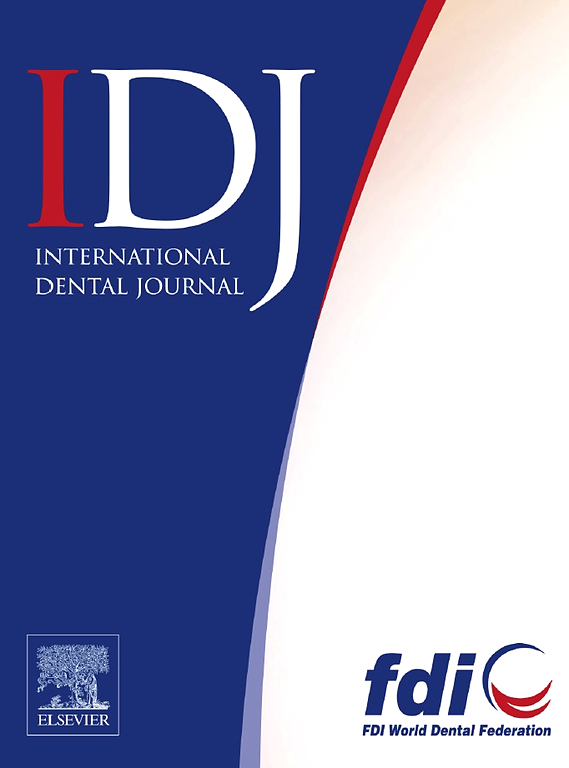Virtual Articulator Software: Accuracy, Usability, and Clinical Applicability: A Systematic Review
IF 3.2
3区 医学
Q1 DENTISTRY, ORAL SURGERY & MEDICINE
引用次数: 0
Abstract
Introduction and aims
Virtual articulator software platforms have gained popularity in dentistry for simulating dental articulations, but a comprehensive comparison of their accuracy, user-friendliness, and clinical relevance is lacking. This study aimed to evaluate various virtual articulator software platforms, focusing on accuracy, user-friendliness, and clinical applicability.
Methods
A systematic search was conducted across PubMed, Google Scholar, ScienceDirect, the Cochrane Library, and Scopus, following the PICO/PEO strategy for inclusion and exclusion criteria. Studies comparing virtual articulator software platforms up to 2023 were included. Eligible studies were selected, and relevant data were extracted. The quality of the research was assessed using the QUIN tool for in vitro studies and the Mixed Methods Appraisal Tool (MMAT) tool for non-in vitro studies. Likewise, for the certainty of evidence, the Grading of Recommendation, Assessment, Development, and Evaluation (GRADE) framework was utilized.
Results
Out of 3,091 initially identified research articles, 17 met the inclusion criteria. The analysis revealed a diverse range of virtual articulator systems, including Panadent, Ortho CAD™, CT, CAD/CAM, PAN 300, and MATLAB program, serving as alternatives to traditional articulators. The virtual articulator software demonstrated efficiency and user-friendliness, highlighting their potential in dental applications.
Conclusion
The diversity of software, platforms, and systems for virtual articulators prevents the formulation of definitive and succinct conclusions. Nevertheless, in a general assessment, virtual articulators demonstrated comparable accuracy and precision when juxtaposed with their traditional counterparts.
Clinical Relevance
Virtual articulator software accurately simulates occlusal relationships and mandibular movements, enhancing dental treatment planning and patient outcomes. These tools integrate easily into clinical workflows, improving communication and personalized care. While further research is needed to standardize assessment methods, virtual articulators show comparable precision to traditional methods, supporting their use in diverse clinical scenarios.
求助全文
约1分钟内获得全文
求助全文
来源期刊

International dental journal
医学-牙科与口腔外科
CiteScore
4.80
自引率
6.10%
发文量
159
审稿时长
63 days
期刊介绍:
The International Dental Journal features peer-reviewed, scientific articles relevant to international oral health issues, as well as practical, informative articles aimed at clinicians.
 求助内容:
求助内容: 应助结果提醒方式:
应助结果提醒方式:


